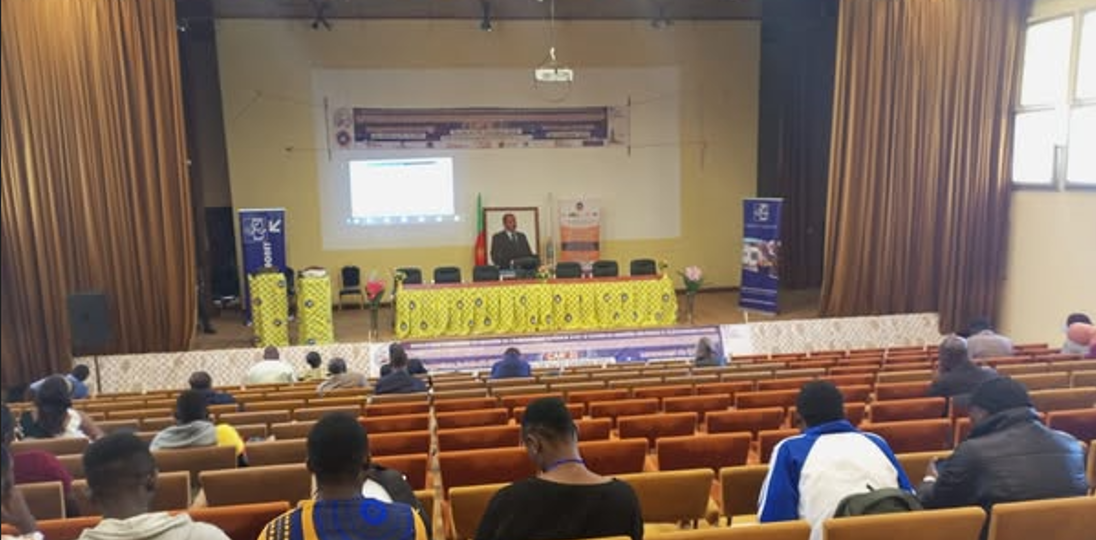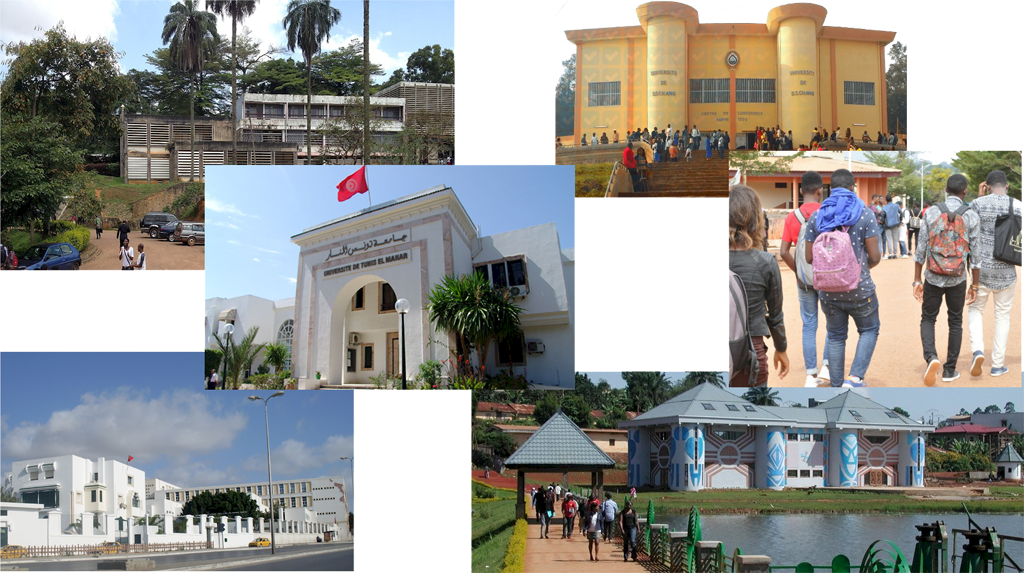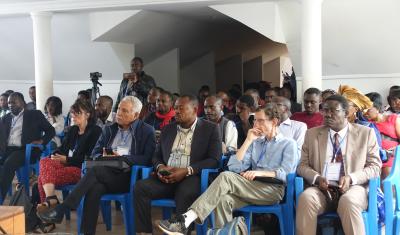Welcome to the CARI 2022 Conference

CARI, the African Conference on Research in Computer Science and Applied Mathematics, is organised under the auspices of ASDS (African Society in Digital Science) in partnership with the Institut National de Recherche en Informatique et en Automatique (Inria), the Institut de Recherche pour le Développement (IRD), the Centre de coopération Internationale en Recherche Agronomique pour le Développement (CIRAD), the International Center for Pure and Applied Mathematics (ICPAM/CIMPA) and the Agence Universitaire de la Francophonie (AUF). CARI 2022 was conducted in a mixed format combining face-to-face and online presentations. The sessions are given at three separate sites: Tunis for the applied mathematics sessions and Yaoundé and Dschang for the computer science sessions. All presentations were also be broadcast live on a teleconference platform.
CARI was preceded by a CIMPA research school (in Tunis) on “Vert Numérique : biologie mathématique et écologie théorique” CIMPA2022 whose courses were also be broadcast live.
CARI is a dynamic framework for cooperation, aimed at breaking down isolation and strengthening the African scientific community. All this activity relies on the strong and effective action of many actors. We thank all our colleagues who have shown interest in CARI by submitting their scientific work, the reviewers who have accepted to evaluate these contributions and the members of the Programme Committee who have selected the articles. All CARI-related activities are listed on the official CARI website Cari-info maintained by the team of Professor Mokhtar Sellami from the University of Annaba. Laura Norcy, from Inria, provided support for the coordination of this event. The organisation of the conference was the responsibility of the local organising committee led by Amel ben Abda (Tunis), Halidou Amidou (Yaoundé) and Marcellin Nkenlifack (Dschang).
Editeurs
Amel ben Abda,
Halidou Aminou,
Marcellin Nkenlifack,
Eric Badouel, Secretary of the Standing Committee of CARI

Access to the proceedings CARI-2022



